
https://www.gopalmurali.in
Rethinking desert definitions: Bridging the gap between science, policy, and conservation
Open access link: link.springer.com/article/10.1...

Rethinking desert definitions: Bridging the gap between science, policy, and conservation
Open access link: link.springer.com/article/10.1...


go.nature.com/40WEeCG

go.nature.com/40WEeCG
www.cell.com/current-biol...

www.cell.com/current-biol...
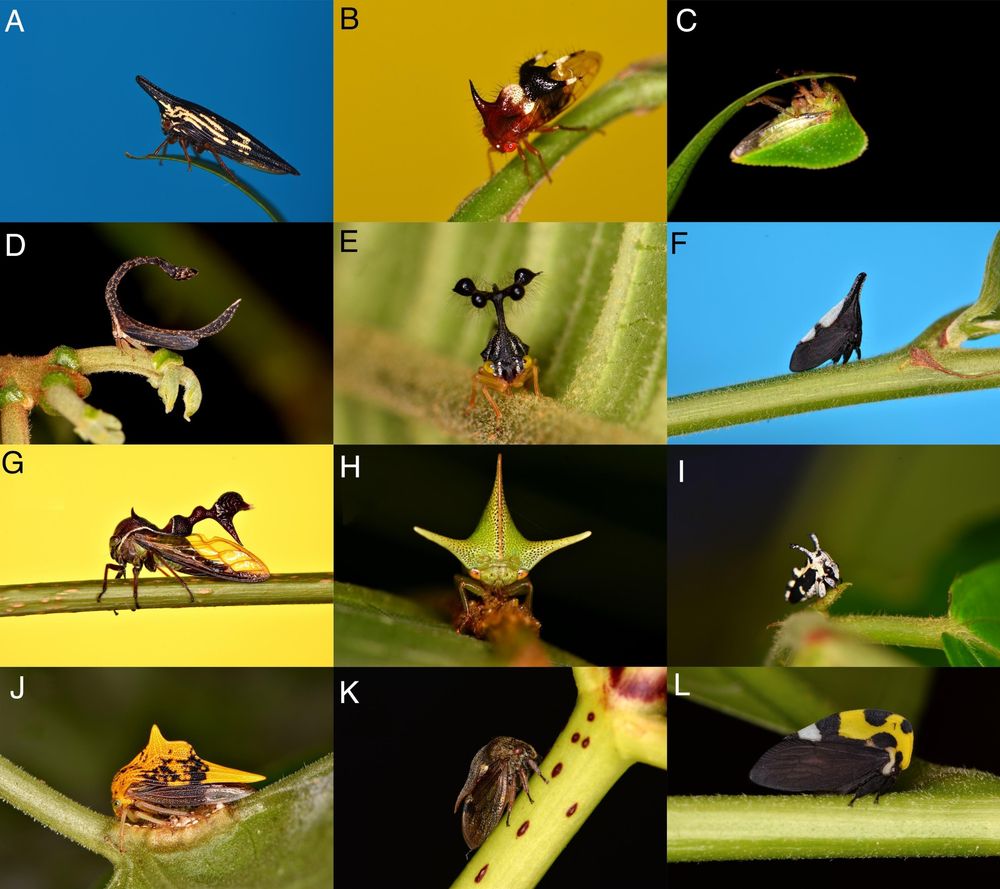
onlinelibrary.wiley.com/doi/full/10....

onlinelibrary.wiley.com/doi/full/10....
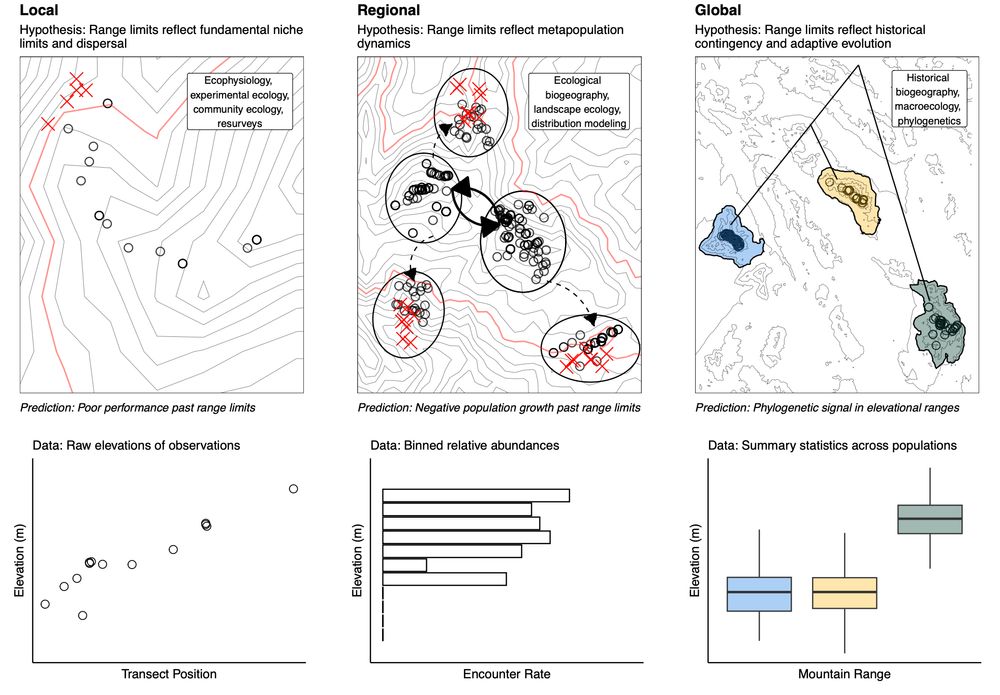
Our paper is now online at @natecoevo.nature.com! “Geographic redistributions are insufficient to mitigate exposure to climate change in North American birds”. We know birds are moving north with climate change, but what are the consequences?
www.nature.com/articles/s41...
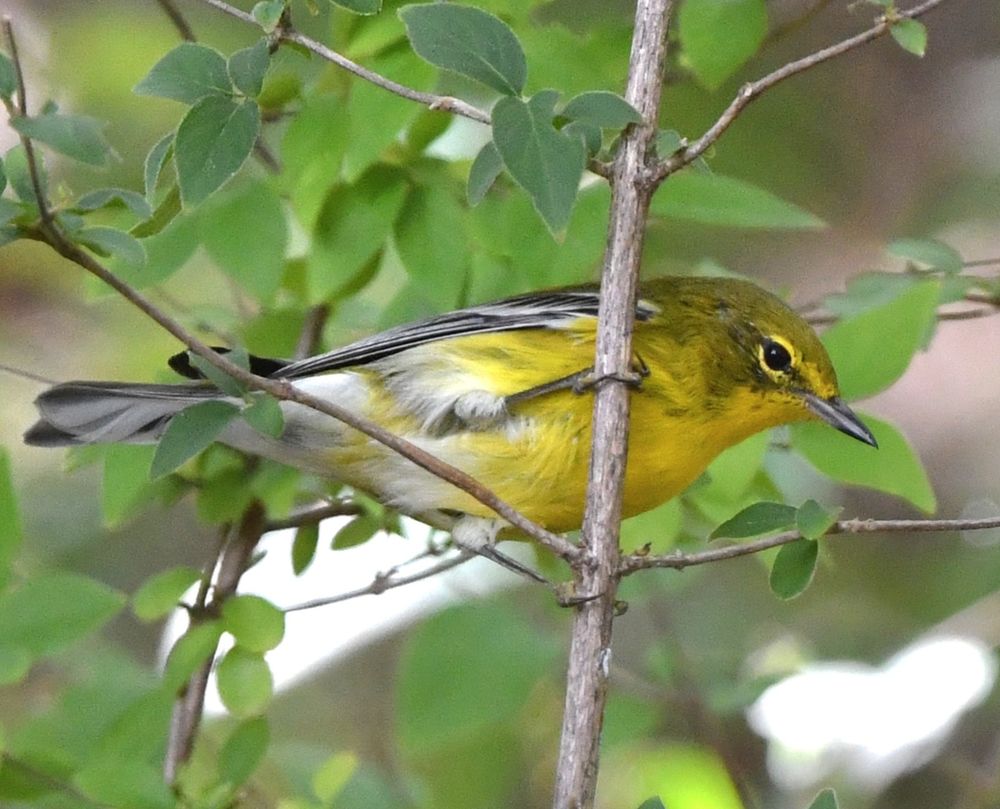
Our paper is now online at @natecoevo.nature.com! “Geographic redistributions are insufficient to mitigate exposure to climate change in North American birds”. We know birds are moving north with climate change, but what are the consequences?
www.nature.com/articles/s41...

www.theguardian.com/environment/...




www.theguardian.com/environment/...
www.nature.com/articles/s41...

www.nature.com/articles/s41...
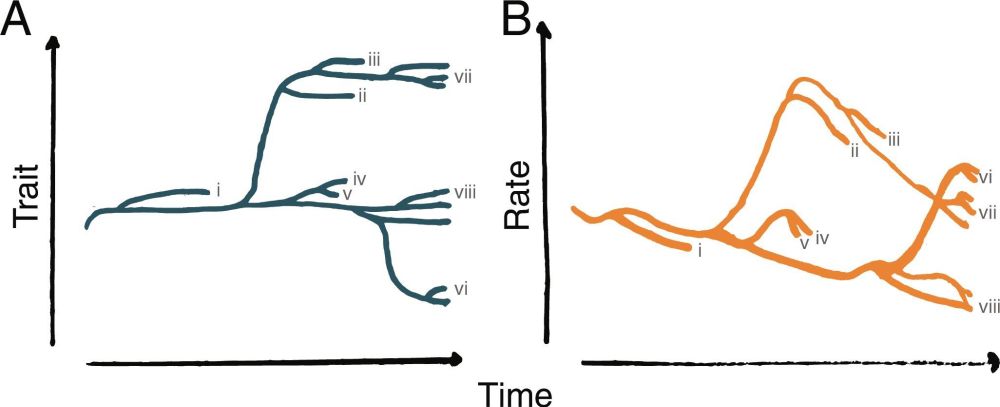
👉Conservation must get specific
#KnowYourPressure #TailorYourStrategy #BendTheCurve

👉Conservation must get specific
#KnowYourPressure #TailorYourStrategy #BendTheCurve
www.nature.com/articles/s41...
1/n

www.nature.com/articles/s41...
1/n
esajournals.onlinelibrary.wiley.com/doi/full/10....

esajournals.onlinelibrary.wiley.com/doi/full/10....
Paper: www.nature.com/articles/s41...
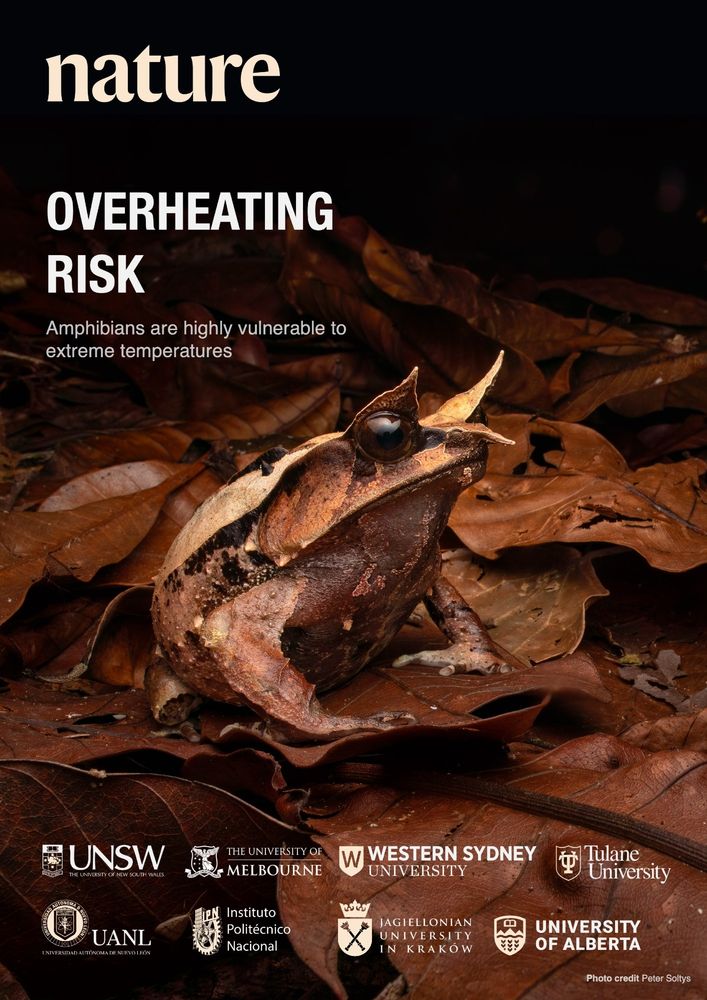
Paper: www.nature.com/articles/s41...
🐟🐸🦎🦜🦝⛰️
👉 rdcu.be/ebidu

🐟🐸🦎🦜🦝⛰️
👉 rdcu.be/ebidu
@chrisdufresnes.bsky.social
@naturecomms.bsky.social
@comeniusuni.bsky.social

@chrisdufresnes.bsky.social
@naturecomms.bsky.social
@comeniusuni.bsky.social
www.science.org/doi/10.1126/...

www.science.org/doi/10.1126/...
doi.org/10.1038/s415...

doi.org/10.1038/s415...
www.biorxiv.org/content/10.1...

www.biorxiv.org/content/10.1...

Check the paper: onlinelibrary.wiley.com/doi/10.1111/...
With C. Bellard @celinebellard.bsky.social, B. Leroy, and G. Latombe
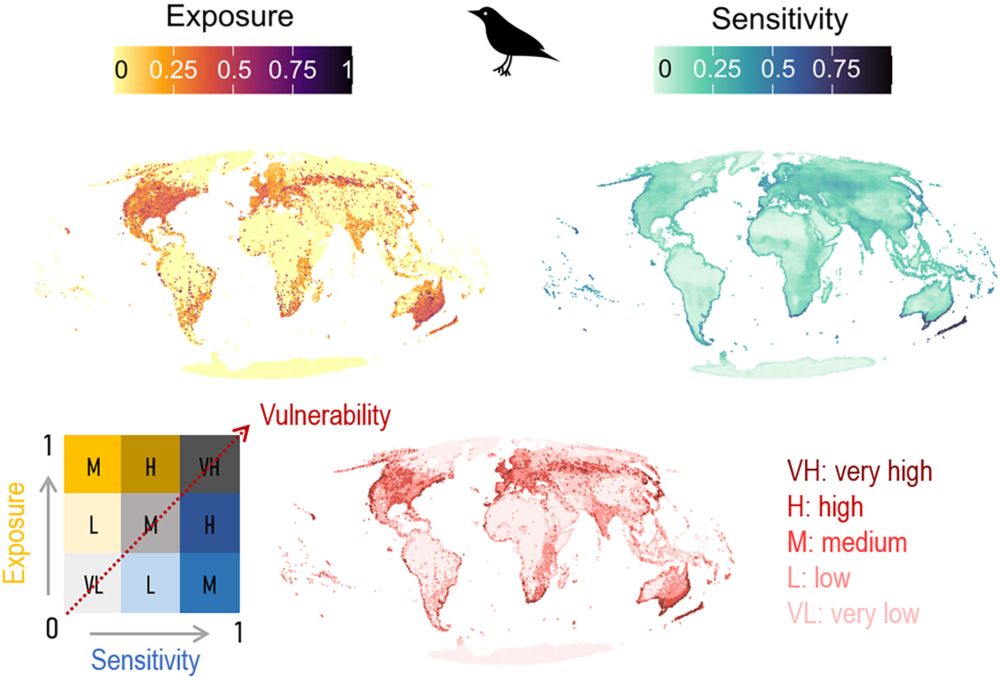
Check the paper: onlinelibrary.wiley.com/doi/10.1111/...
With C. Bellard @celinebellard.bsky.social, B. Leroy, and G. Latombe
@uofa-eeb.bsky.social! Read more about the position in the updated link below! We will begin reviewing applications on December 9! arizona.csod.com/ux/ats/caree...

@uofa-eeb.bsky.social! Read more about the position in the updated link below! We will begin reviewing applications on December 9! arizona.csod.com/ux/ats/caree...

